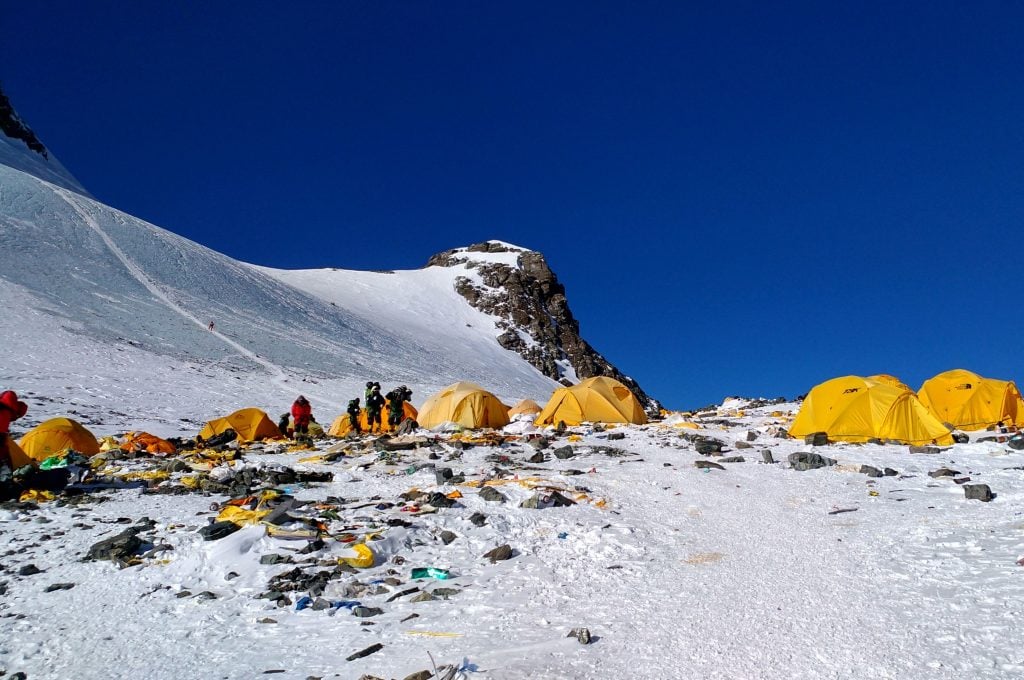Art World
A Museum in the Himalayas Has a Solution for the Tons of Trash Climbers Leave on Mount Everest: Turn It Into Art
The museum is working to establish an art center with a recycling plant near the mountain.

The museum is working to establish an art center with a recycling plant near the mountain.

Caroline Goldstein

Mount Everest is perhaps best known for some of the staggering numbers associated with it. It soars almost 30,000 feet above sea level, making it the earth’s tallest mountain, and it has attracted thousands of the planet’s best high-altitude climbers, around 10,000 of whom have reached the summit.
And those climbers leave quite a bit of trash. In 2019, the government of Nepal announced that 24,200 pounds of garbage—including plastic bottles, cans, food wrappings, equipment, batteries, and, um, human waste—were brought down from the mountain during a 45-day cleanup project.
The solution for many climbers is to burn their refuse in open pits. But that only contributes to the pollution, of which there is lot. In spring 2019, researchers testing snow and water samples found that the mountain, which many consider to be a remote and pristine landscape, is in fact terribly polluted. According to a report published in the online journal One Earth, snow samples from 11 areas of varying altitudes all contained microplastics. Three of eight water samples were also contaminated.
As part of efforts to clean up the mountain, the Himalayan Museum and Sustainable Park has organized an initiative called Sagarmatha Next to find environmental solutions for the issue.
The first step is the proposed creation of the Sagarmatha Next Center, a place for upcycling practices to turn trash into treasure. Those in charge say they hope to employ local and foreign artists to create artworks out of trash to sell them to tourists.
“We want to showcase how you can transform solid waste to precious pieces of art” that can “generate employment and income,” project director Tommy Gustafsson told Reuters.
The plan is to have a soft opening for the center, which will include an art gallery, for locals this spring.
Another part of the initiative involves asking climbers to participate in a “carry me back” scheme, in which they are responsible for bringing a two-pound bag of trash back to the Lukla airport, a hub for visitors. From there, the trash will be flown to Kathmandu.